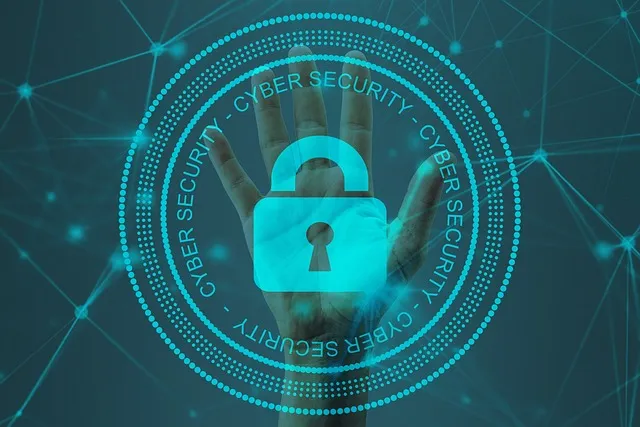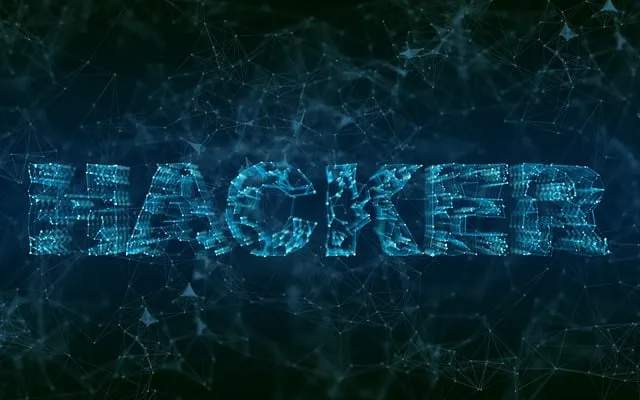Physical Address
304 North Cardinal St.
Dorchester Center, MA 02124
Physical Address
304 North Cardinal St.
Dorchester Center, MA 02124

As technology continues to advance, so do the threats to our online security. Cybercrime is on the rise, and it’s more important than ever to prioritize cybersecurity in all aspects of our lives. In this blog, we will delve into the current state of the cybersecurity landscape in 2023.
We’ll explore emerging trends such as the increasing sophistication of bad bots, the growing threat of insider attacks, and the role of artificial intelligence and machine learning in cybersecurity.
We’ll also discuss why it’s crucial for organizations to prioritize cybersecurity, including ensuring critical infrastructure protection. Lastly, we’ll provide tips on implementing effective cybersecurity measures such as multi-factor authentication and employee training programs to help business leaders improve their cybersecurity posture in 2023.
Don’t wait until it’s too late to take action; read on to learn why you need to prioritize cybersecurity now more than ever before.

As we approach 2023, it’s crucial to understand the ever-evolving cybersecurity landscape. Cyberattacks are becoming increasingly sophisticated, leveraging AI and automation.
The average cost of data breaches continues to rise, impacting business outcomes. Insider threats pose a significant risk to sensitive data and infrastructure security. Attackers are exploiting supply chain vulnerabilities for widespread impact. To strengthen overall security, business leaders must adopt a zero trust mindset.
By staying informed and proactive, organizations can mitigate the risks associated with the state of cybersecurity in 2023.
Ransomware attacks have seen a significant rise in recent years, with cybercriminals targeting organizations of all sizes and industries. To combat this threat, incident response plans should include specific actions tailored to ransomware attacks.
Encryption and backups are crucial in mitigating the impact of such attacks, while collaboration and transparency among stakeholders can help in effectively combating ransomware. As the state of cybersecurity evolves, it is imperative for organizations to prioritize measures that protect against these increasingly sophisticated cyberattacks.
Cybersecurity plays a crucial role in protecting sensitive data and preventing cyberattacks. Organizations must prioritize cybersecurity in order to minimize potential threats and financial losses. Implementing comprehensive security measures can safeguard business outcomes and protect stakeholders.
Recent research highlights the increasing frequency and sophistication of cyber threats, making it essential for organizations to have a comprehensive incident response plan in place. By prioritizing cybersecurity, organizations can effectively mitigate the risks associated with cyber-attacks and ensure the safety of their digital assets.

Critical infrastructure, such as power grids and transportation systems, faces the risk of cyberattacks. To safeguard these vital systems, organizations must prioritize cybersecurity measures. The Cybersecurity and Infrastructure Security Agency (CISA) plays a crucial role in ensuring the protection of critical infrastructure.
A proactive approach is essential, including regular monitoring and vulnerability assessments. By adopting these measures, organizations can prevent potential cyber attacks and safeguard critical infrastructure. With the increasing sophistication of cyber threats, it is imperative to stay vigilant and take the necessary steps to protect our infrastructure from malicious actors.
The increasing sophistication of bad bots presents a significant cybersecurity challenge in 2023. Insider attacks have become a growing threat that organizations must address proactively. Artificial intelligence (AI) and machine learning (ML) are playing crucial roles in enhancing cybersecurity.
The integration of AI and ML enables organizations to detect and respond to cyber threats in real time. To stay ahead, cybersecurity professionals should continually update themselves on the latest trends and advancements in the field.
Bad bots are evolving and becoming more sophisticated, presenting a significant cybersecurity risk. To combat this threat, organizations must implement advanced security tools capable of detecting and mitigating destructive bot attacks effectively. Automation can also play a crucial role in responding to these attacks quickly and efficiently.
Regularly monitoring and analyzing bot activities is essential for identifying potential threats and vulnerabilities. By prioritizing the detection and mitigation of bad bots, organizations can protect their digital assets and ensure the safety of their online platforms.

Insider attacks are increasingly prevalent, emphasizing the importance of robust insider threat prevention measures. To mitigate these threats, organizations should implement access controls and authentication measures. Employee training plays a critical role in creating awareness of insider threat risks.
Regular monitoring of user activities can help detect suspicious behavior or unauthorized access. Additionally, having a comprehensive incident response plan is crucial to minimizing the impact of insider attacks. By prioritizing these measures, organizations can better protect their sensitive data and safeguard against the growing threat of insider attacks.
Artificial intelligence and machine learning (AI/ML) have a significant role in enhancing cybersecurity. By analyzing vast amounts of data, AI and ML can identify patterns and potential cyber threats, enabling real-time detection and response to attacks.
ML algorithms continuously learn and adapt to new vulnerabilities, improving threat detection and incident response capabilities. Integrating AI and ML into cybersecurity systems enhances overall threat detection capabilities and strengthens incident response measures. With the increasing sophistication of cyberattacks, leveraging AI and ML technologies is crucial to safeguarding digital assets.
To ensure enhanced security and prevent unauthorized access, organizations need to implement multi-factor authentication (MFA). Regular software updates and patches are crucial for addressing known vulnerabilities and protecting against cyberattacks.
Employee training and awareness programs play a vital role in promoting cybersecurity best practices and reducing the risk of breaches. Adopting a zero-trust mindset and implementing strict access controls are essential measures for safeguarding sensitive data. Encryption of this data is necessary to protect it from unauthorized access and potential data breaches.
Implementing multi-factor authentication (MFA) is crucial in today’s cybersecurity landscape. MFA adds an extra layer of security by requiring multiple forms of authentication, reducing the risk of unauthorized access and phishing attacks.
It is recommended to use MFA across all devices and applications to enhance security. By implementing MFA, organizations can protect sensitive data, maintain the integrity of their cybersecurity systems, and safeguard against social engineering attacks. In a time when cyberattacks are on the rise, MFA should be a top priority for IT professionals and security teams.
Regular software updates are crucial to address known vulnerabilities and patch security flaws. Outdated software puts systems at risk of cyberattacks and exploits. These updates often include essential security patches that protect against the latest threats.
In order to minimize cybersecurity risks, organizations should prioritize timely software updates. Not only do regular updates demonstrate a commitment to cybersecurity, but they can also help prevent breaches. By keeping software up-to-date, businesses can protect their systems and data.
Creating a cybersecurity-conscious workforce is crucial, and employee training plays a significant role in achieving this goal. By providing training programs that cover topics such as phishing awareness and password security, employees can learn to recognize and respond to potential cyber threats effectively.
Empowering employees with cybersecurity knowledge not only enhances individual skills but also contributes to overall organizational security. Ongoing training ensures that employees stay updated on the latest cybersecurity best practices, enabling them to protect themselves and the company from cyberattacks.
To enhance cybersecurity in 2023, business leaders can implement multi-factor authentication, stay updated on trends and best practices, train employees on awareness and social engineering, develop an incident response plan, and invest in security tools.
In conclusion, cybersecurity is no longer just a concern for IT departments. It has become essential for organizations of all sizes and industries to prioritize cybersecurity in order to protect their critical assets and maintain the trust of their customers.
With the rise of ransomware attacks, the increasing sophistication of bad bots, and the growing threat of insider attacks, it is clear that the cybersecurity landscape is becoming more complex and challenging. Implementing effective cybersecurity measures such as multi-factor authentication, regular software updates, and employee training can help businesses mitigate these risks and improve their overall cybersecurity posture.
By staying proactive and investing in robust cybersecurity strategies, business leaders can ensure the security and longevity of their organizations in 2023 and beyond.